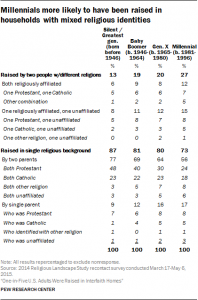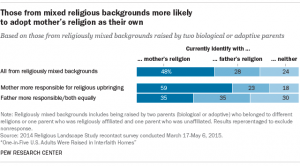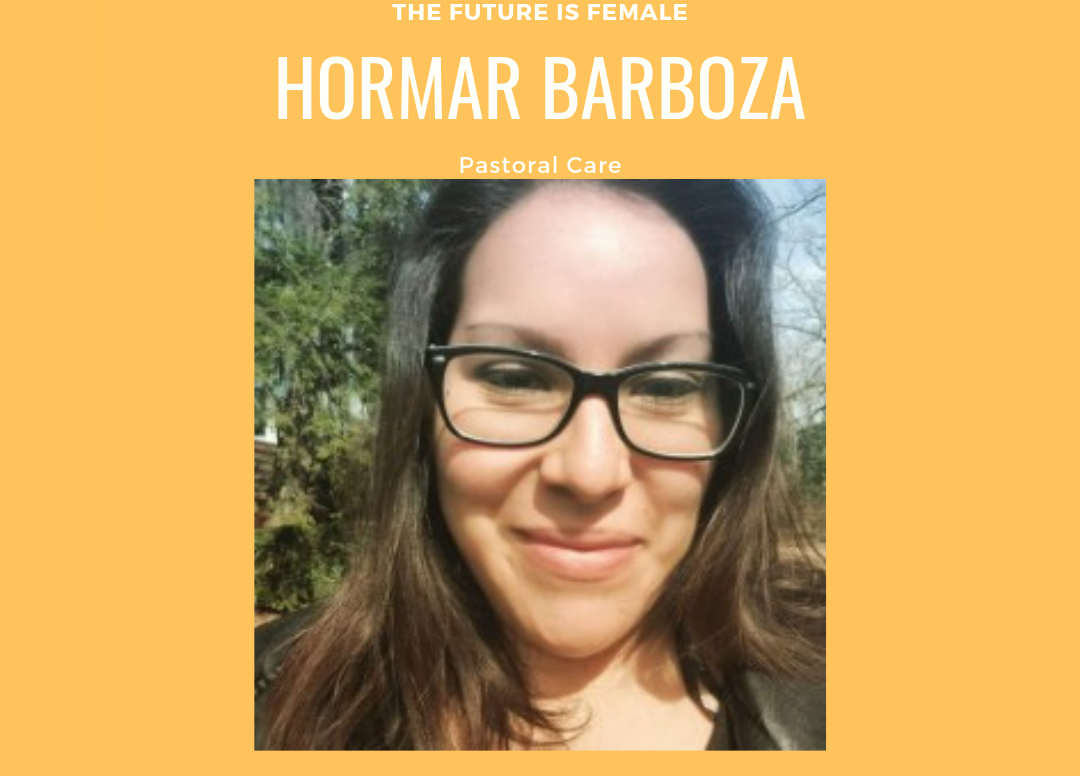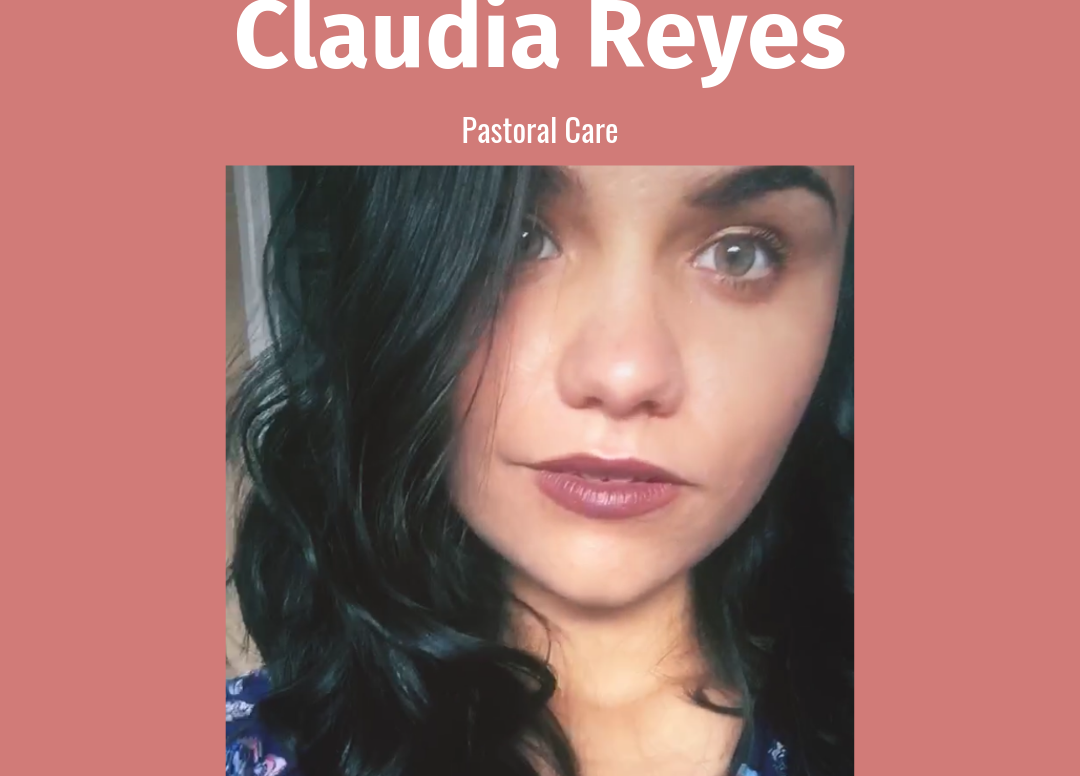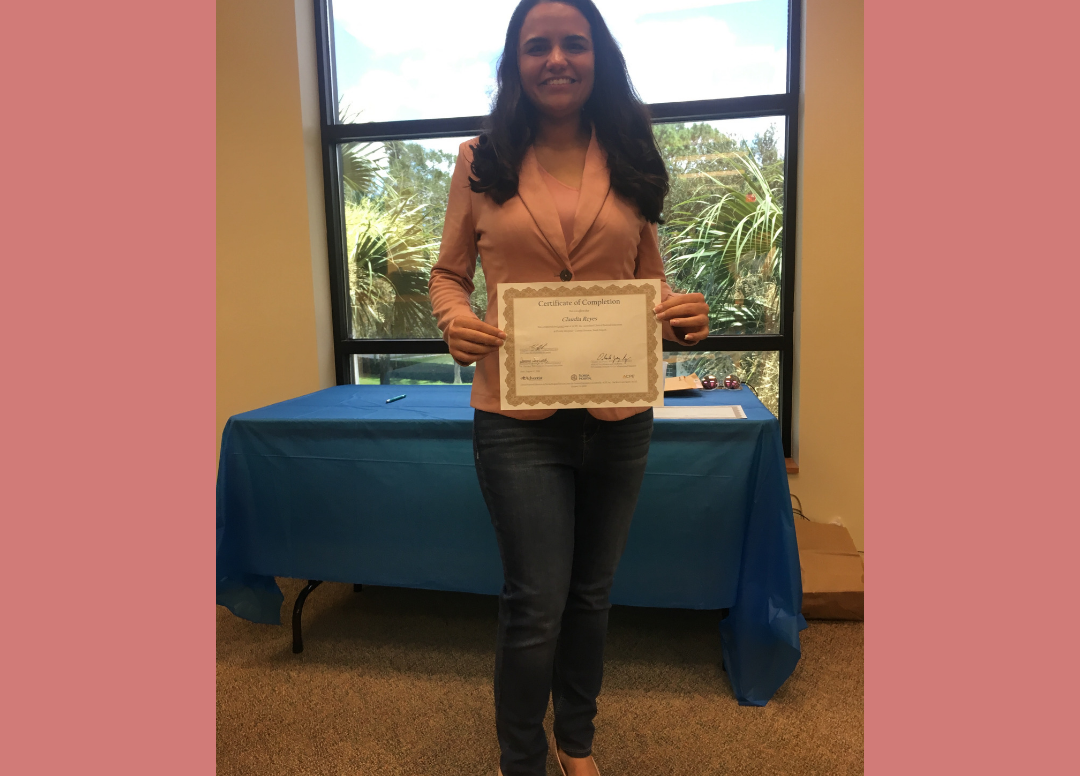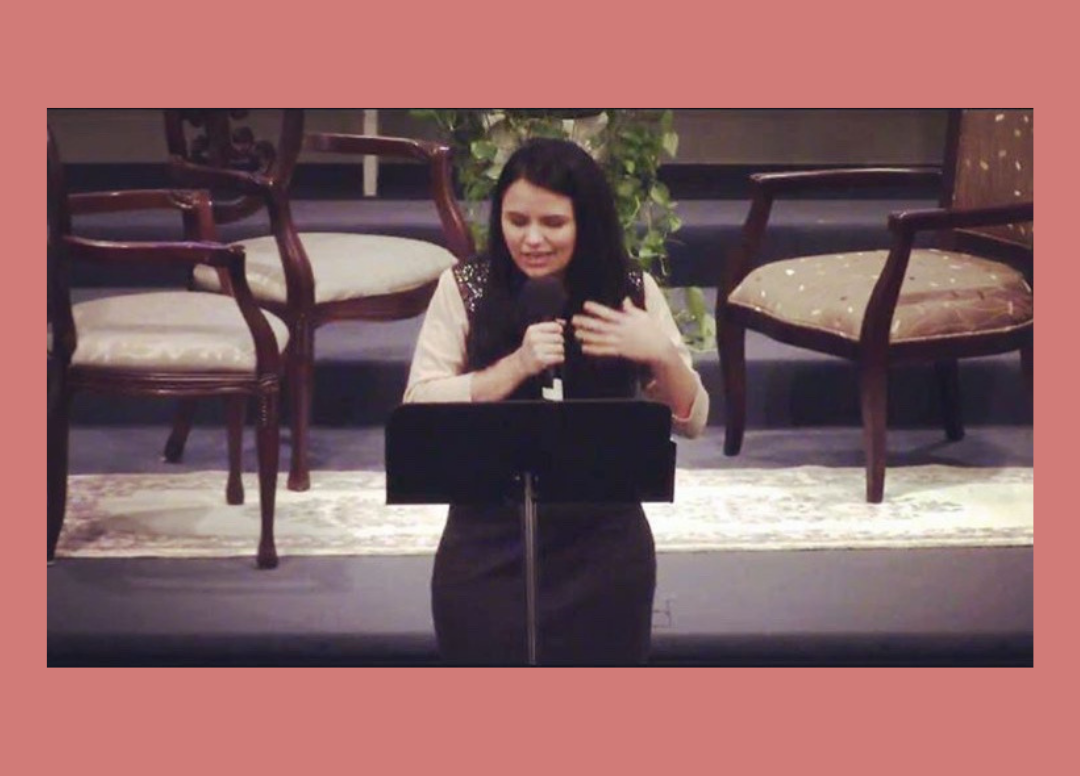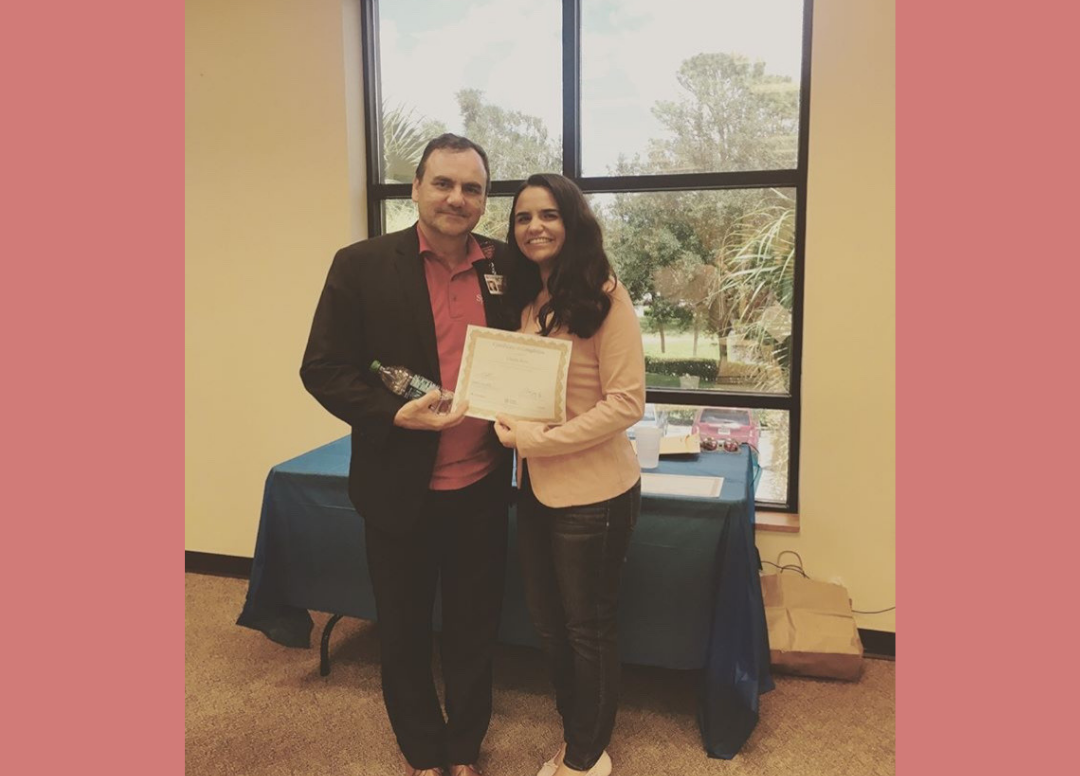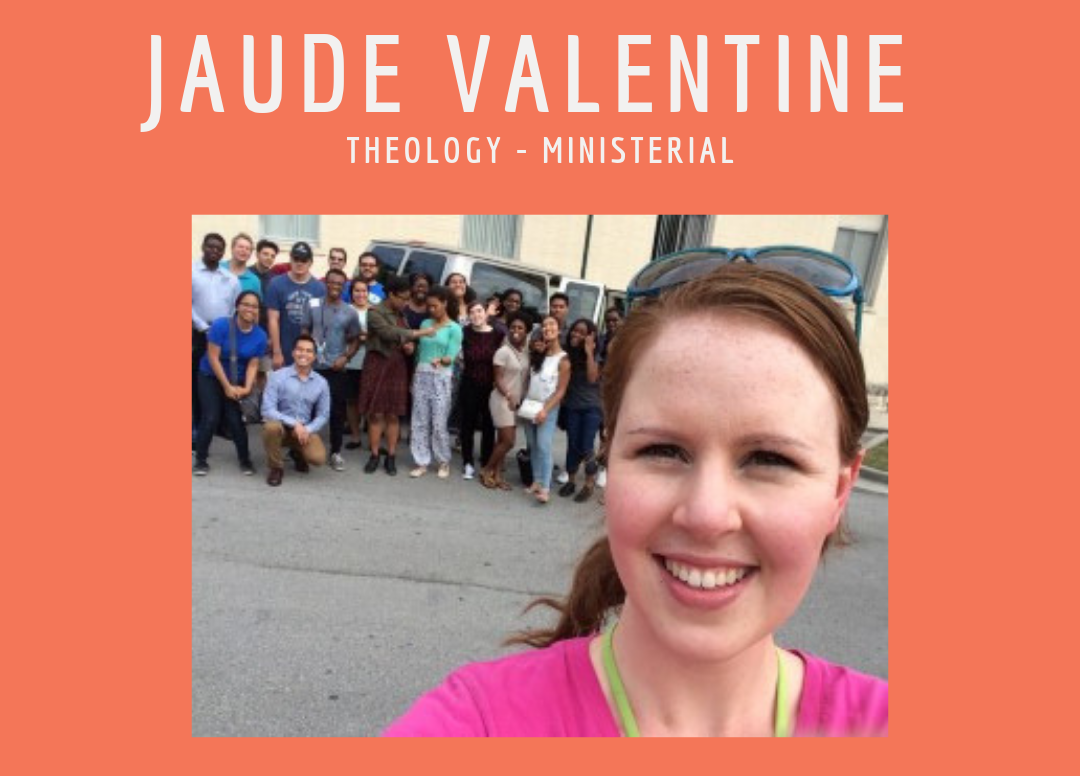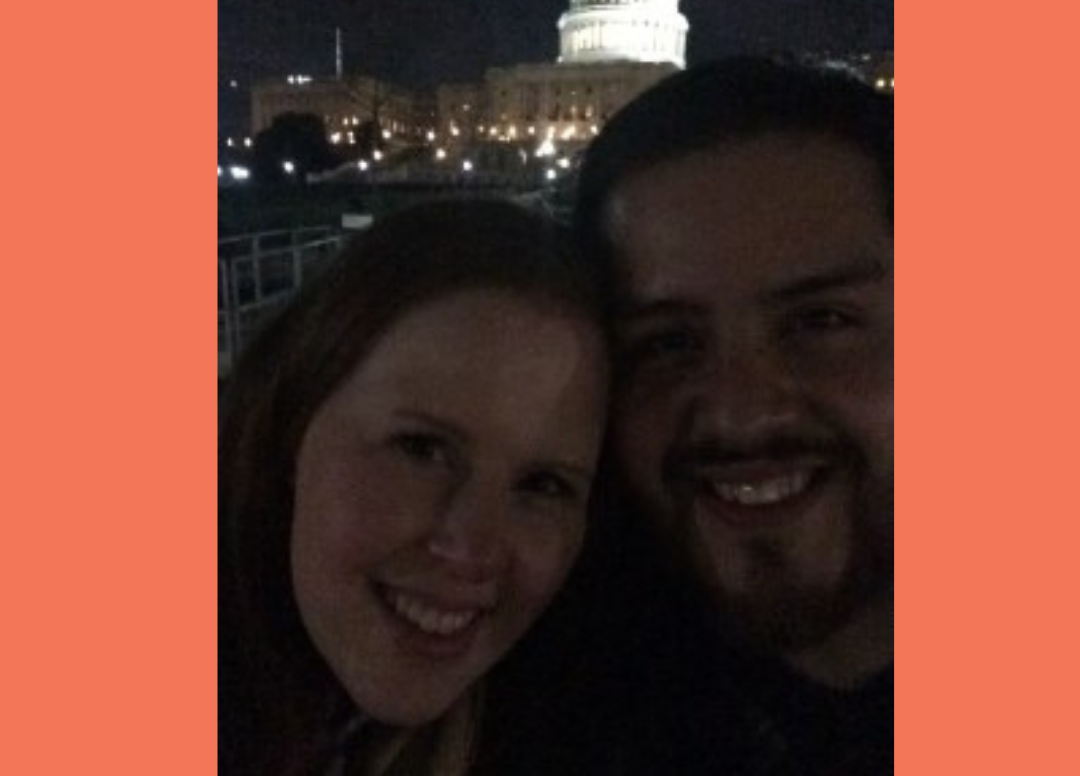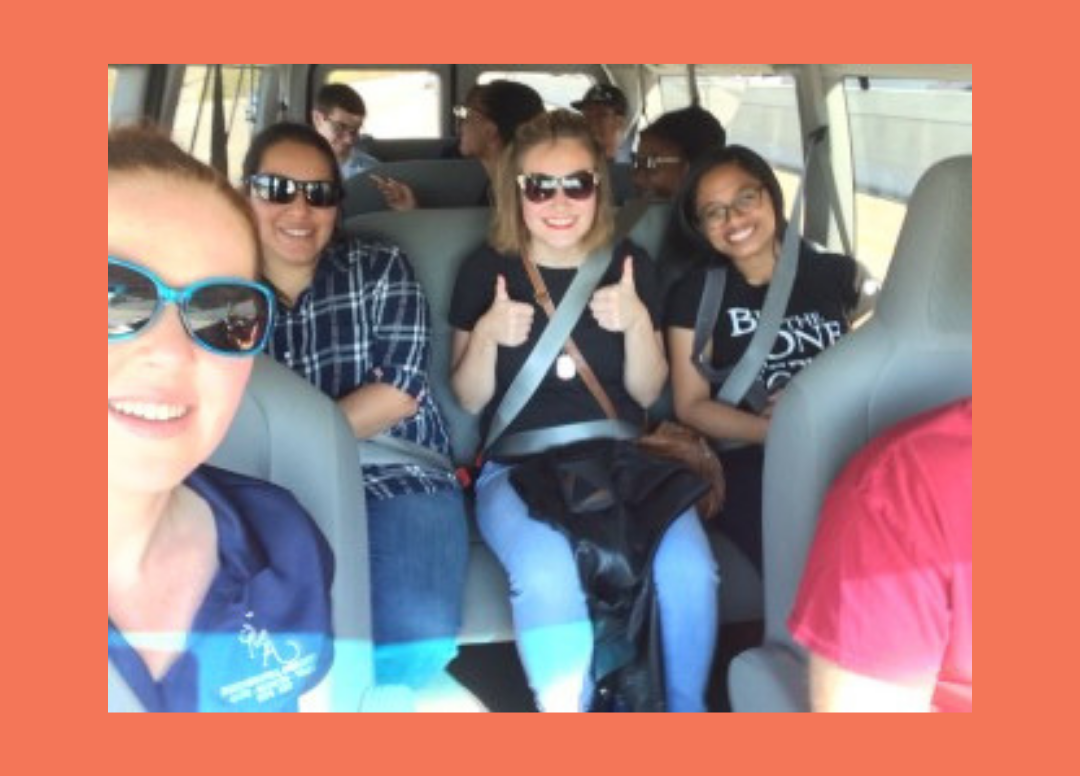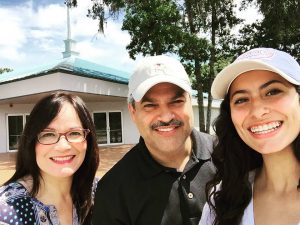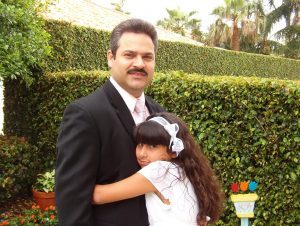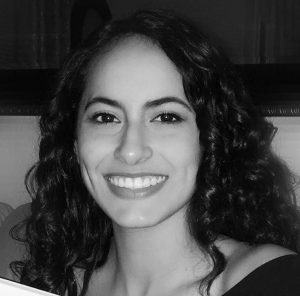The topic of women’s ordination within the Seventh-day Adventist church has been a controversial one for decades. Although it may seem like the church is completely against it, a study written by Ed Mcfield, associate professor at LLU School of Public Health, states otherwise.
In the document, Mcfield states that out of 13 divisions, seven of them indicated support of women’s ordination. There were five divisions that opposed it. Out of those five, four of the divisions stated that they would accept women being ordained only if it was approved by the church. The East-Central Africa Division’s stance on the issue is unclear. Interestingly, there was only one division — Southern Africa and Indian Ocean Division — that was “adamantly opposed to Women’s Ordination and even proposes to rescind women’s ordination for elders.”
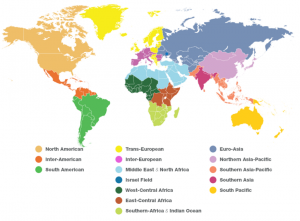

As time goes on, women’s ordination may no longer be taboo within the Seventh-day Adventist Church. Because of this, I wanted to reach out to women who are currently studying ministry at an SDA institution and ask them a few questions. Meet the future women leaders of our church.
Meet Hormar Barboza:
Hormar Barboza is currently a junior at Southern Adventist University. She is majoring in pastoral care.
It was a Sabbath evening when she felt the Lord calling her to ministry. Only 16 at the time, Hormar said, “As I was getting home I remember thinking it and feeling it.”
This moment occurred in 2005. At that time, she knew that women going into ministry was taboo. She clearly remembers thinking that if she were a guy, she would go into ministry.
“I pushed the thought of ministry out of my mind because I was a girl,” she said.
Barboza believes that, overall, the Seventh-day Adventist Church is supportive of women as pastors/religious leaders.
“Let’s not get stuck on the trivial stuff,” she said.
Barboza feels the topic of women’s ordination is taking people’s attention away from the church’s goal and the Gospel.
In the future, she sees herself working primarily as a chaplain, whether it be at a hospital or the military. With excitement, she shared that her ultimate career goal is to serve the Lord as the U.S. Senate Chaplain.
When finishing up the interview with Hormar, I asked her what would she say to younger girls that are wanting to pursue ministry.
She quickly replied, “Go for it. Do not doubt God’s call.”
Meet Claudia Reyes:
Claudia Reyes is finishing up her senior year at Southern Adventist University. While at SAU, she has been studying pastoral care. It all started while in high school. During that time, Claudia’s father began working as a chaplain at Florida Hospital (now AdventHealth) in Apopka, Florida.
Chaplain Reyes was a part of a hospital ministry that set out to sing and bring flowers to patients most Fridays. She recalls how shy she was the first time she went, but she quickly fell in love with it and never missed a Friday.
Because of her experience with this ministry, Claudia felt impressed by the Holy Spirit to go into ministry. This was not something she ever saw herself studying, but the conviction was strong and it led her to Southern. Something that has made the process of studying ministry easier has been the support that she’s received from her professors.
One of the changes that Claudia would like to see within the church is more culturally diverse women going into ministry. She’d like to see more Hispanic. African American, and Asian women. Being Hispanic herself, Claudia understands how going into ministry isn’t a norm in her culture.
“I’ve noticed in Hispanic churches it isn’t as accepted [compared to American/Caucasian churches],” she said. ” I want them to be more accepting.”
Claudia’s career plans are clearly defined. She wishes to work in a hospital and is setting her sights on AdventHealth in Central Florida. Starting off as a chaplain, and eventually, when she’s had more experience, being able to transition into a supervisor position.
Reyes wants young girls that are thinking about ministry to not be discouraged. People will give their opinions but she recommends not letting it distract them.
“God will bless you for following and listening to him,” she said. “Stick to what God has called you to do.”
Meet Jaude Valentine:
Jaude Valentine is also a senior at Southern Adventist University and is majoring in ministerial theology.
From the moment of her conversion, Jaude knew that she wanted to share the good news with others, though initially thinking she’d do so through Bible- teaching or nursing. God had other plans — calling her to ministry.
At first, Jaude felt “it was a crazy idea and that it required a very special girl to want to go into pastoral ministry.” Such feelings of denial followed her to Southern but eventually wore off.
Although she’d like to see the support of women in ministry, Jaude feels the debate has led to the church neglecting the ministry that God called it to do. Shifting the focus to reach those who have never heard the name of Jesus is a change she feels is necessary.
“I would like to see our church take on a culture of evangelism, specifically friendship evangelism,” she said.
When asked what she would say to younger girls wanting to pursue ministry, Valentine said she would encourage them to read more of Ellen White’s writings for encouragement.
Also, she would tell them to “rely upon God for their strength, which comes from spending time with Him in prayer and meditating upon His love; reading His word, and developing a deeply intimate relationship.”
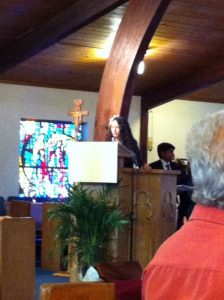 In the second-grade, I was in a multi-grade class with a teacher who was also the principal. It was tough for me to comprehend what she was teaching half of the time due to the distractions.
In the second-grade, I was in a multi-grade class with a teacher who was also the principal. It was tough for me to comprehend what she was teaching half of the time due to the distractions.




